The Abbot Pass Hut – The Highest “Home” in Canada
Some of the best places in life are the hardest to travel to – like Abbot Pass Hut. Straddling an alpine pass between Alberta and British Columbia in the Canadian Rockies, the hut is a welcomed sight for climbers after a long approach up scree slopes and through cliffs.
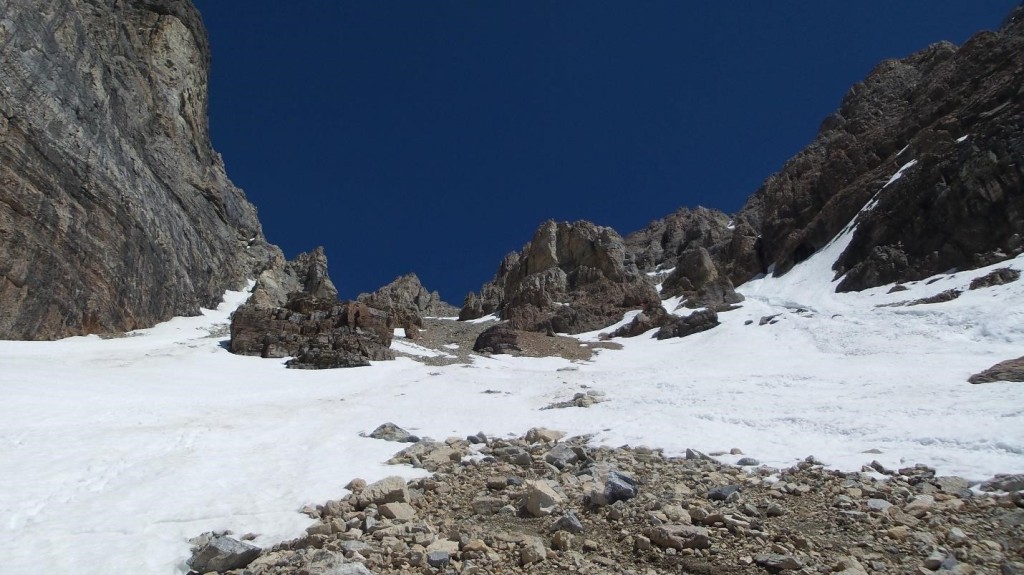
Built in 1921, the thick stone walls of its construction are as merciless and solid as the mountains that surround it.
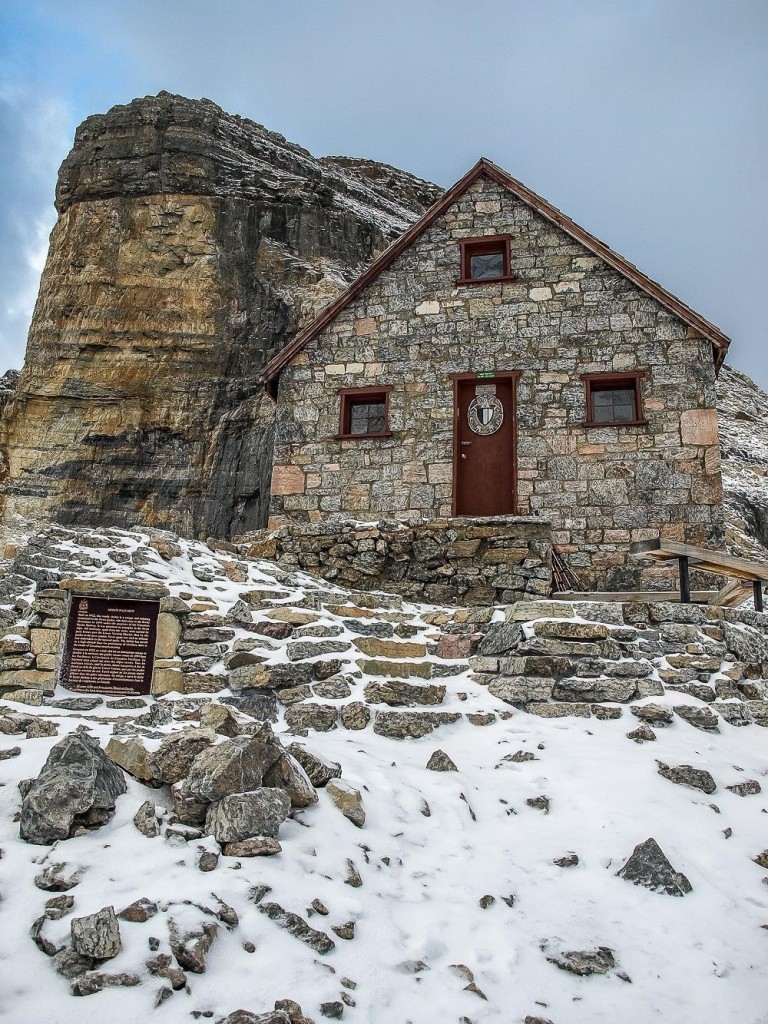
At 2922 meters, it’s the highest inhabitable structure in Canada, at least of architectural value. The Neil Colgan Hut is slightly higher, but made of aluminum and isn’t worth a second glace. Everything was flown in for its construction, whereas the Abbot Pass Hut was built from surrounding rocks. It provides enough room for 25 people and is superbly maintained by the Alpine Club of Canada. You can make your meal of Kraft Dinner and hotdogs, a Canadian climber’s favourite, in Alberta and eat it in British Columbia…all while watching an epic rocky mountain sunset. It makes the never-ending-scree-slope-of-pain approach worth it.
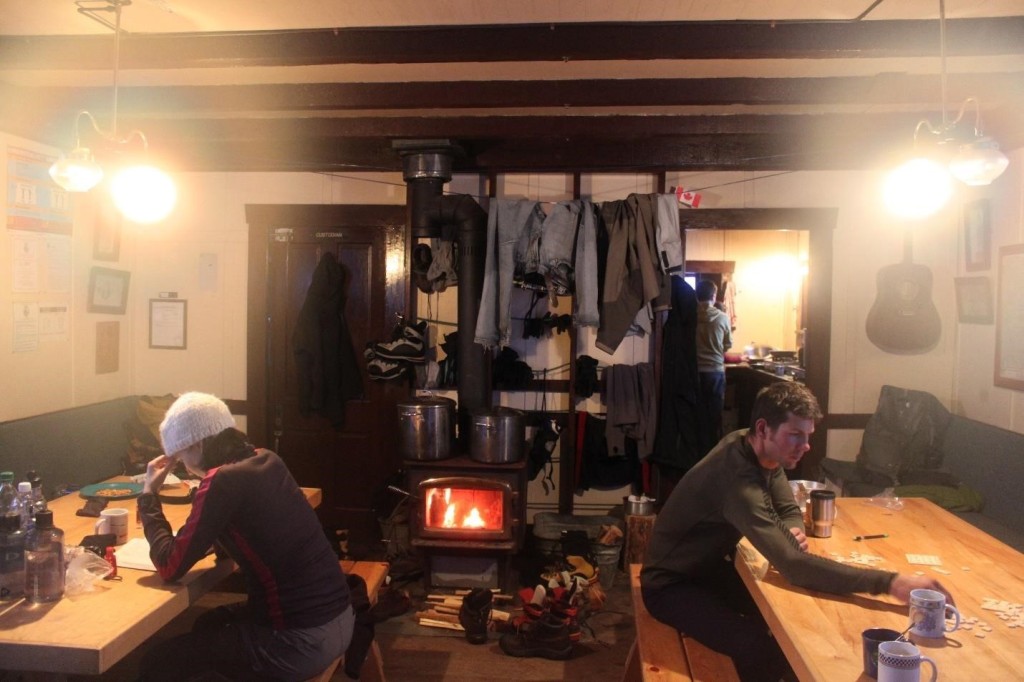
It’s a harsh landscape and you’re constantly reminded of your own mortality, but the views are off the hook. The hut is named for Philip Abbot, who in 1896, fell to his death from the nearby summit of Mt. Lefroy. He was the first mountaineer killed in the Canadian Rockies.
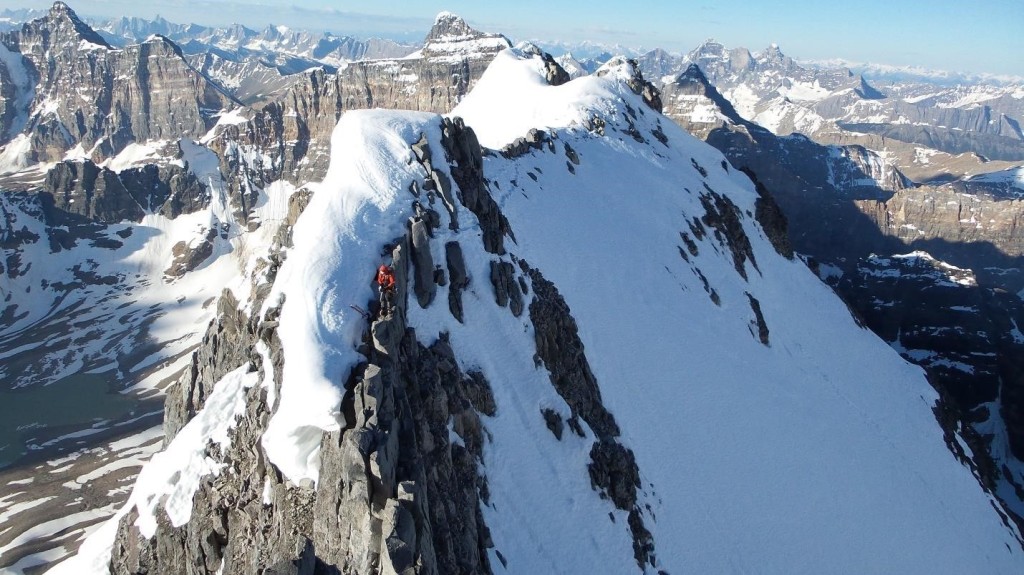
Backcountry huts are more than just accommodation, they’re a climber or skier’s refuge, retreat and home. Yes, you’re only there for a couple of nights, but without it, life is harder. You become attached to anything with four walls and a roof. And if it has style – you fall in love and consider never leaving.
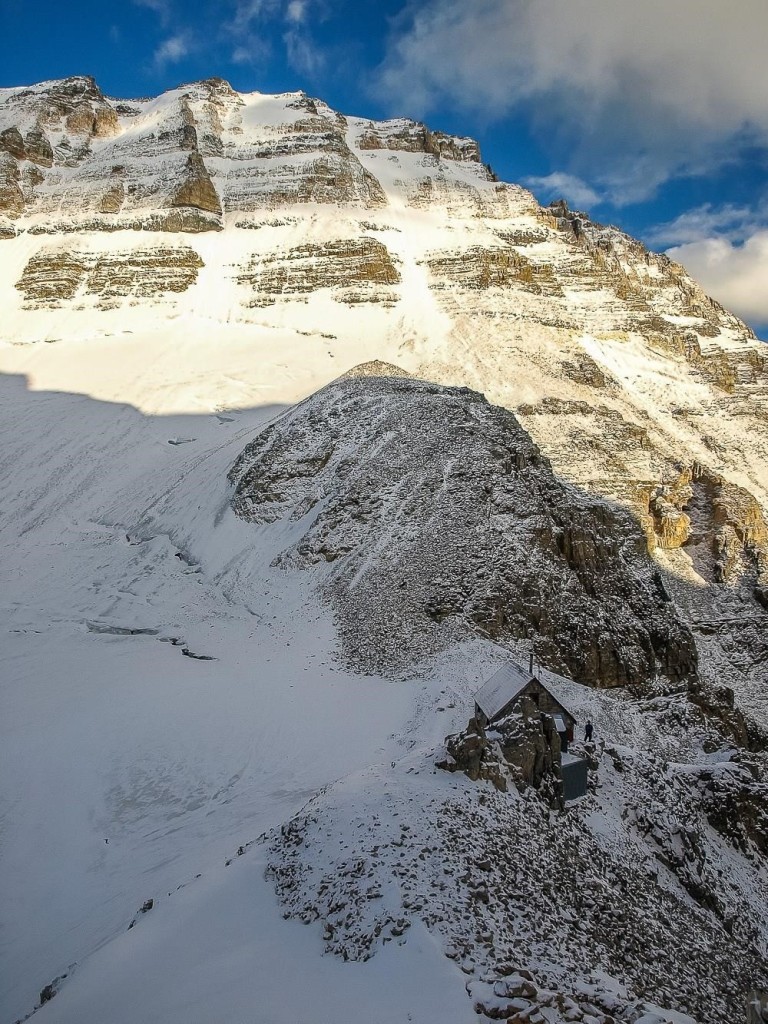
In the alpine, three feet of fresh snow isn’t uncommon in August. Abbot Pass Hut allows climbers to retreat from the elements, sleep in safety, eat merrily around a pot belly stove, giggle and laugh with friends, and wait for the storm to end. Then they can continue what they came here to do – climb.
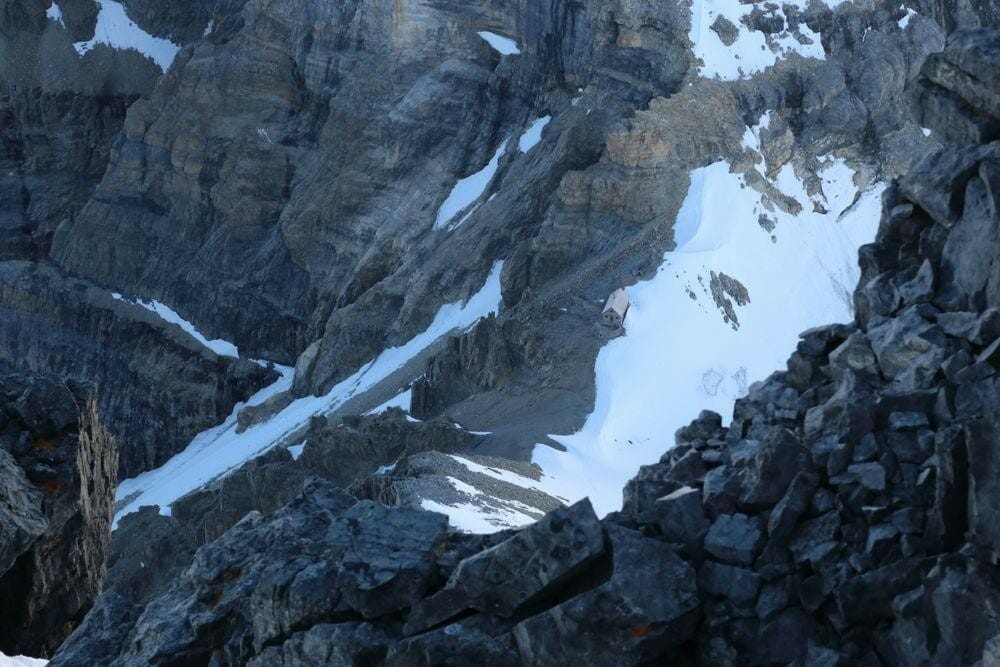
The Abbot Pass hut is an example of what Canadians can achieve by using materials at hand to build amazing structures that provide warmth, safety, and beauty. The hut doesn’t disrupt the landscape, but blends in, becoming one with the mountains. It would make any Canadian proud.


